Frederica Freyberg:
Taking a closer look, is the fiscal state of the state as rosy as the governor describes or as bleak as the Democrats believe? For answers, we turn to labor economist and Associate Director for UW-Madison’s Center on Wisconsin Strategy Laura Dresser. Thanks a lot for being here.
Laura Dresser:
Thanks for having me.
Frederica Freyberg:
So who is right? Is the state of the economy strong in Wisconsin at this time?
Laura Dresser:
Well, I think the mixed picture is a result of the — both the fact that we are well into an economic recovery nationally and in the state and that has been good news in this state for workers. So we are seeing better unemployment rates and more jobs. But we aren’t to levels of 2000 family income. Wages are still stagnant. So the picture is decidedly mixed and that is why I think people can find a story that supports their position.
Frederica Freyberg:
So they can cherrypick different statistics.
Laura Dresser:
Right. Right.
Frederica Freyberg:
But on the unemployment rate, it’s low and certainly that is a measure of, as you say, this kind of improving economy.
Laura Dresser:
Absolutely. The low unemployment rate is good news. The fact is that we haven’t — you know, if one of Governor Walker’s measures would be the 250,000 job benchmark that he set for himself, we still haven’t quite met that, right? We don’t have as many jobs as I think anybody would have expected us to have right now. It is true that the labor market is tighter and that workers can find more hours, better jobs. That employers have to spend a little more time finding workers. All of that is true. It’s also true it’s the not the tightest labor market we’ve ever seen and it isn’t the highest–it isn’t pulling people out of their — what they chose to do when they moved out of the labor market and that’s where the weakness is.
Frederica Freyberg:
Now, the governor says that wages are on the rise. Democrats aren’t saying that. Where are wages?
Laura Dresser:
Wages are coming up nationally. The tight labor market, the end of the recession for workers has finally kicked in some wage growth. That wage growth is a little slower here. So it isn’t particularly strong dynamic wage growth. It isn’t making up for the losses that we faced really across this new century. But it is the right direction. Again, another one of those things where it’s decidedly mixed. But yeah, there’s some wage growth. It’s a little less than I think a lot of people would like to see. And then, of course, certain workers have just been completely left out.
Frederica Freyberg:
So what about poverty rates?
Laura Dresser:
Yeah. So we see that poverty is up a little, not dramatically, but a little bit, so we see more people in poverty. We see a lot of people struggling in low-wage jobs. The jobs at the bottom of the labor market deliver very poor wages, very unsteady hours, very low benefits. And that package is very hard on families. And that is a story of work that’s found all across the state. Even when you have low unemployment rate, you still have an abundance of these very low-wage jobs. And so you see poverty, you see workers struggling to make ends meet.
Frederica Freyberg:
Meanwhile the governor talks about the work force. He says the challenge is not creating jobs, but finding people to fill them. Why is that?
Laura Dresser:
Well, that’s partly true again. There is a challenge in specific sectors with decent wages. There’s a challenge to fill jobs. And in the very low-wage part of the labor market there’s a challenge to fill jobs. People can’t make ends meet. So they can’t figure out how to stay in those very low-wage jobs. And employers and workers both face a lot of turnover there. There are some high-end jobs where employers are having a hard time filling jobs and having to be more aggressive about recruitment or attraction or wages. But I would say that there is a big middle where there’s just much less dynamism, wage action and interest from employers.
Frederica Freyberg:
Is it because Wisconsin citizens or job seekers are kind of under-educated and therefore unemployable?
Laura Dresser:
I would say no. You know, this is a long-term context, and to pretend that you instantly move from worrying about jobs to worrying only about education suggests, you know, kind of one light switch or the other light switch is correct. But I think what’s going on in the labor market is it’s slightly tighter and we’re generating more — employers need to work a little harder. But it’s also the case that we have a strong base of employment and skills in this work force. We have, you know, roughly three manufacturing workers — workers have jobs compared to four — you know, three workers for every four we had 15 years ago. So there’s a lot of manufacturing skills in this labor market that just aren’t finding homes. I think the labor market — or the work force has a strong set of skills, but not always that match exactly what employers need. So there is some need to do more matching there. But there’s also just some serious questions of job quality and what’s going on at the bottom of the labor market as well.
Frederica Freyberg:
Is there a trend of out-migration of people who might fill some of these 80,000 jobs that the governor talks about being on the job center website?
Laura Dresser:
Well, I think it’s important to kind of be precise about what jobs we’re talking about on the job center website or anywhere, what are the open jobs. We have some open jobs that are very high-wage and specific skills. And it’s important as a matter of public policy to make sure that we meet that employer demand and that we find — that we help the universities, the public schools, the technical colleges meet — prepare workers to fill those high-wage, high-skill demands, wherever those openings are. And we have some systems to do that. But also a lot of the jobs that are posted and open are jobs at relatively low wages that do not pay workers enough to cover the cost of even getting to the job and holding that job in a stable way. And so that’s a real problem that is solved not through training workers more, but figuring out other solutions, including raising the quality of the jobs.
Frederica Freyberg:
All right. We leave it there. Laura Dresser, thanks a lot.
Laura Dresser:
Thanks for having me.
Search Episodes

Donate to sign up. Activate and sign in to Passport. It's that easy to help PBS Wisconsin serve your community through media that educates, inspires, and entertains.
Make your membership gift today
Only for new users: Activate Passport using your code or email address
Already a member?
Look up my account
Need some help? Go to FAQ or visit PBS Passport Help
Need help accessing PBS Wisconsin anywhere?

Online Access | Platform & Device Access | Cable or Satellite Access | Over-The-Air Access
Visit Access Guide
Need help accessing PBS Wisconsin anywhere?

Visit Our
Live TV Access Guide
Online AccessPlatform & Device Access
Cable or Satellite Access
Over-The-Air Access
Visit Access Guide
 Passport
Passport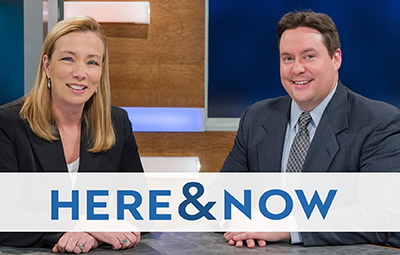

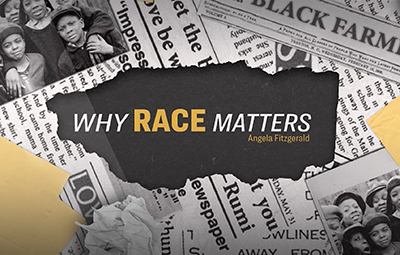
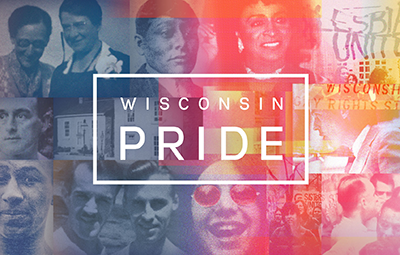


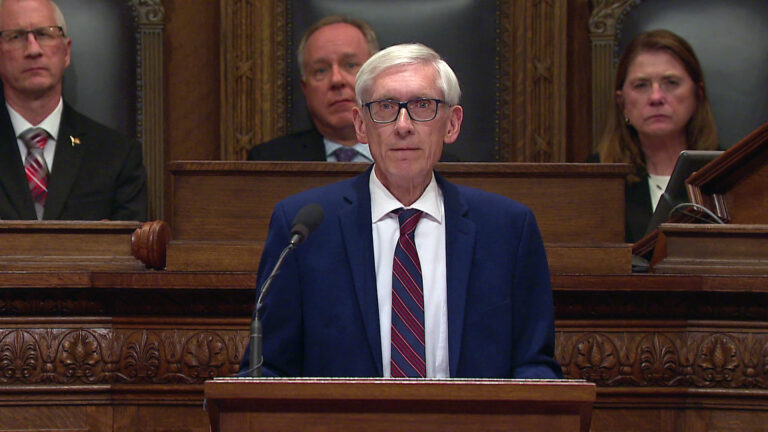
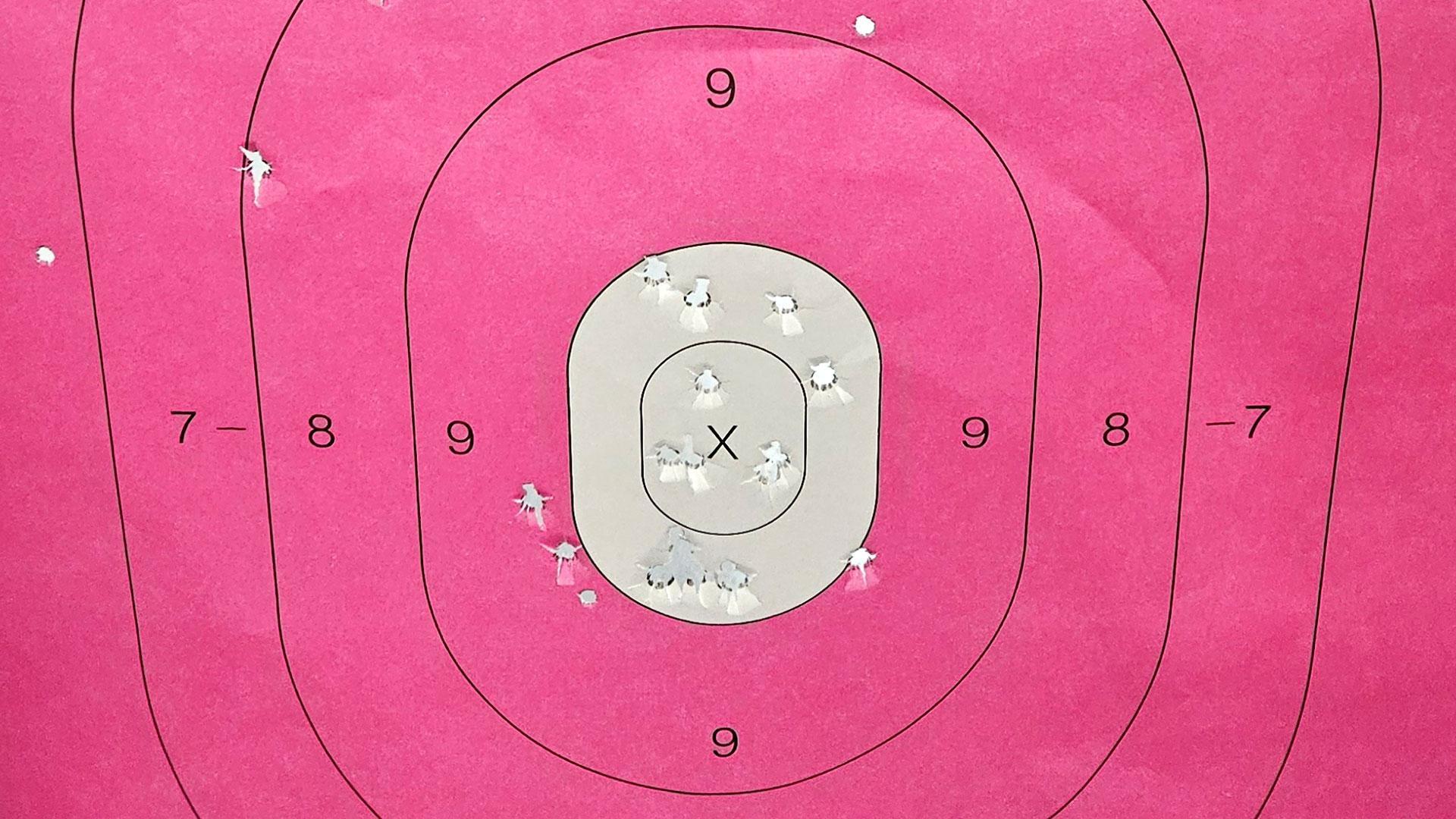
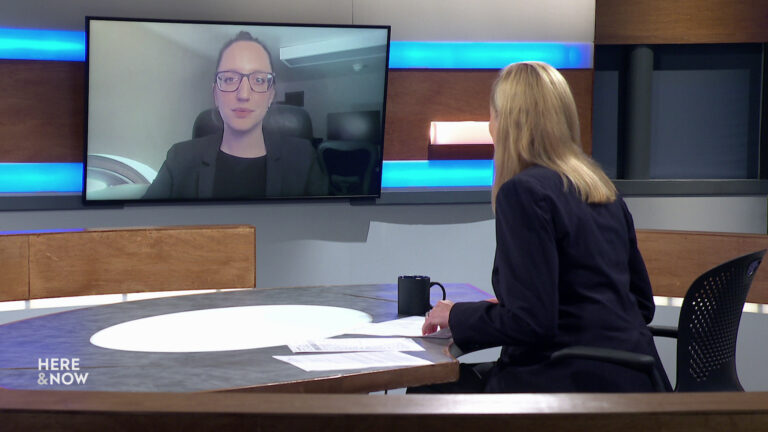
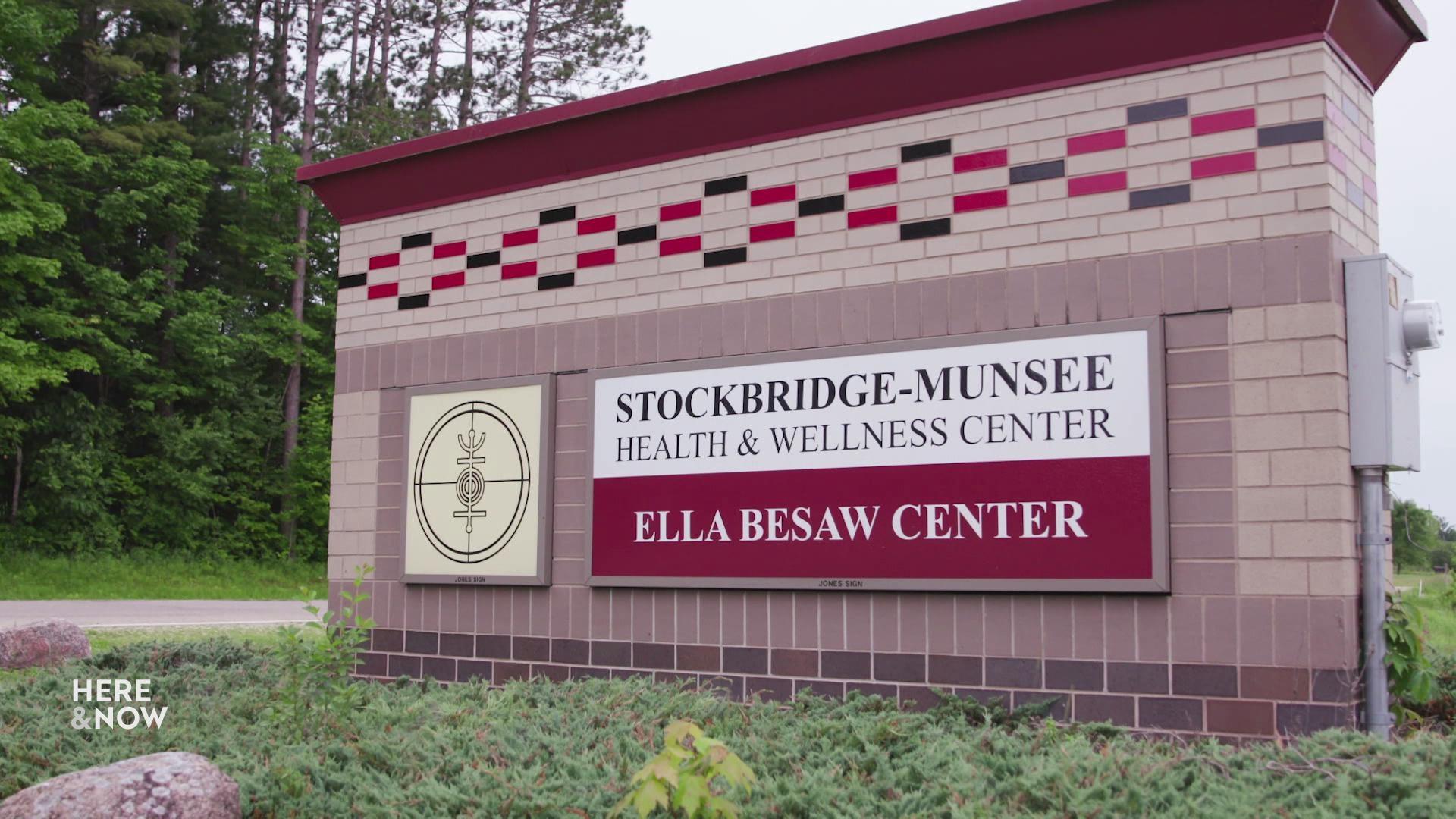
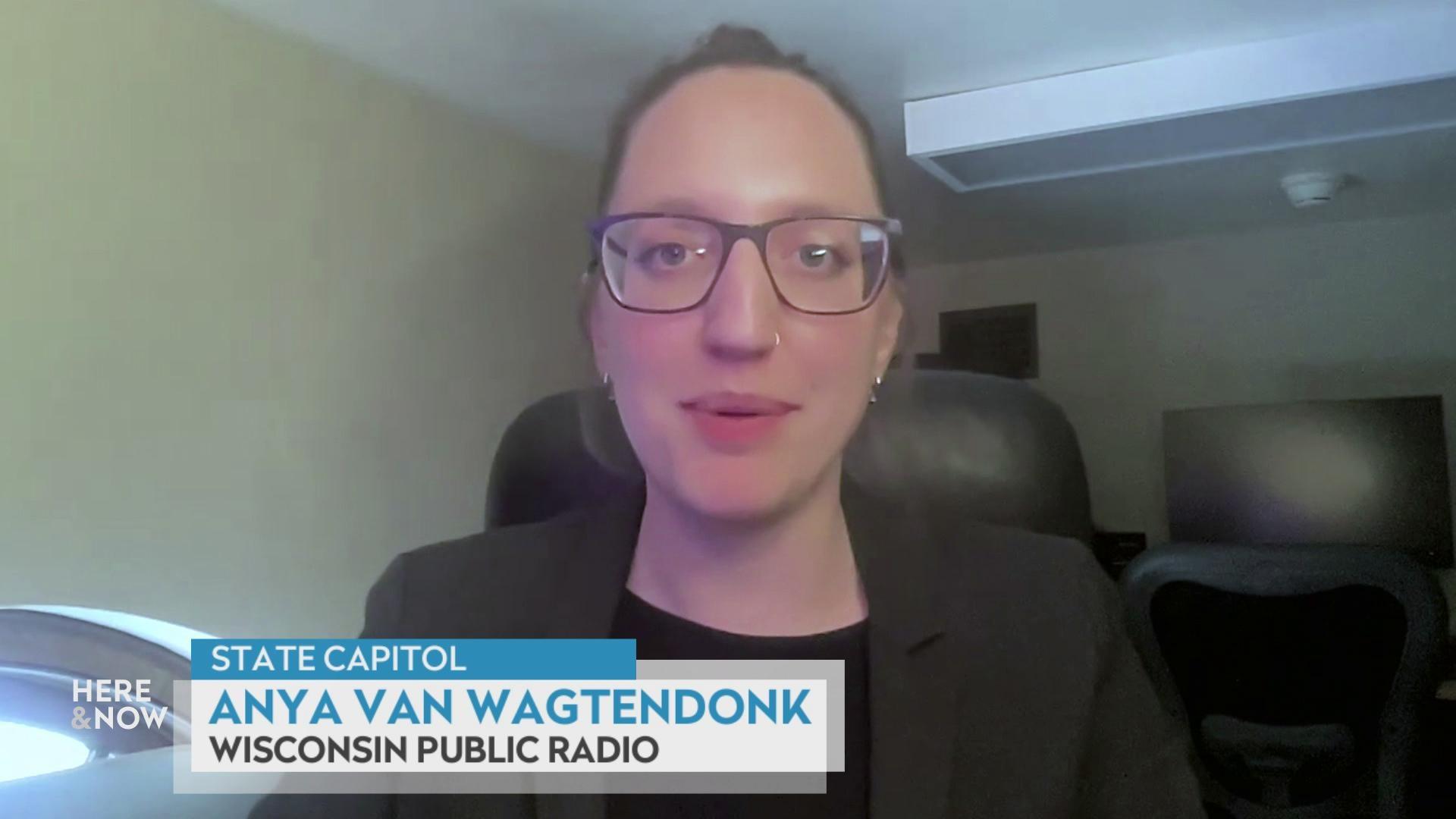
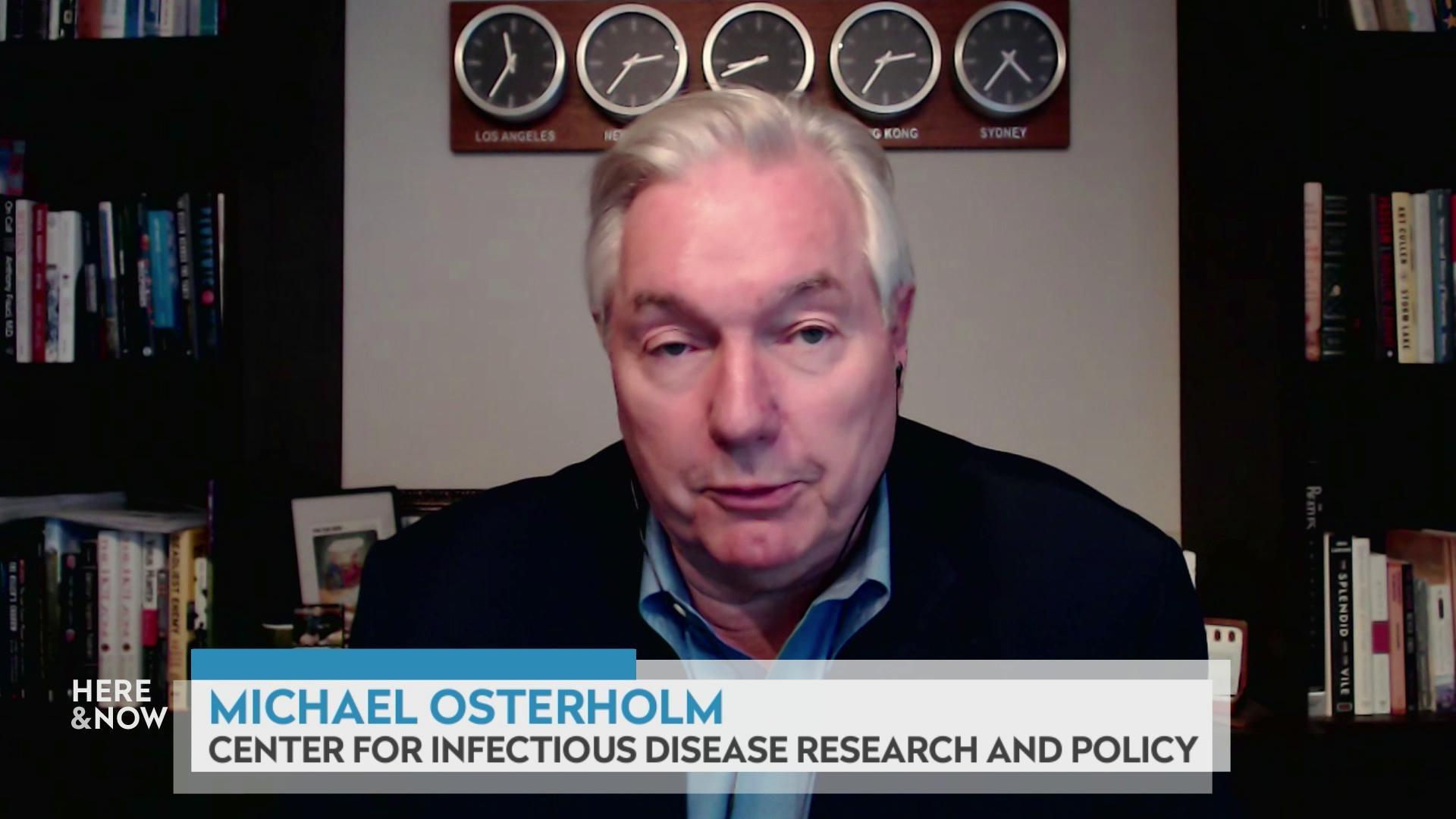
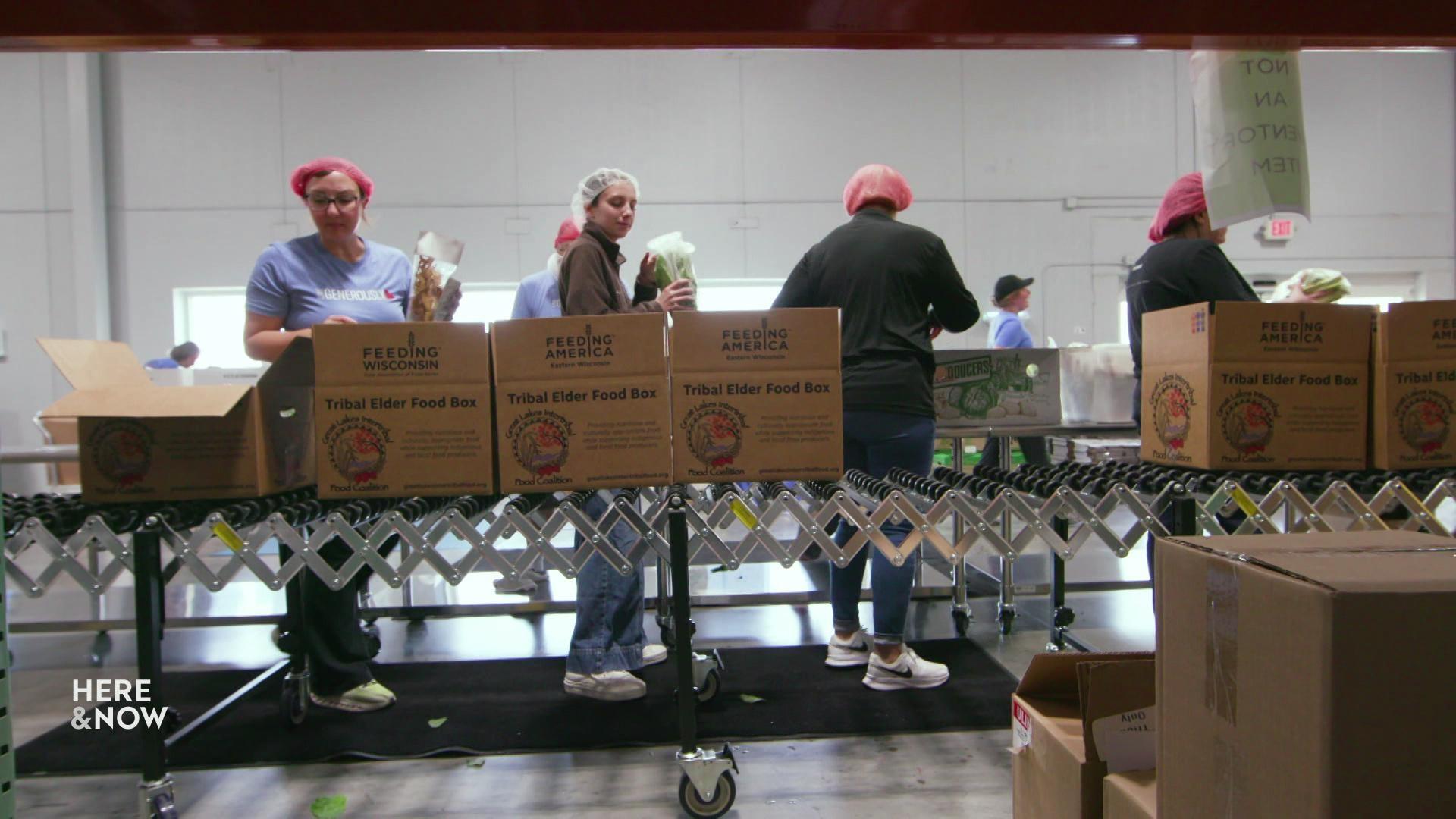
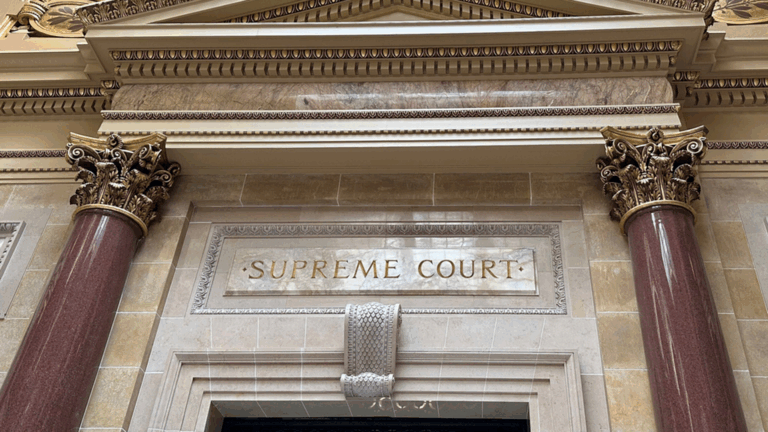
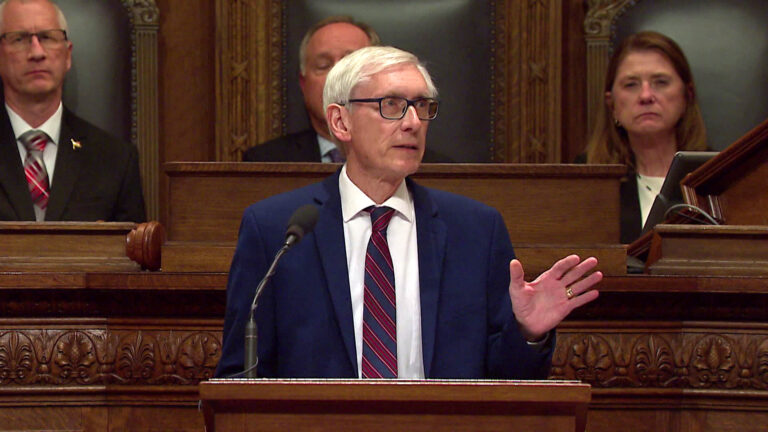
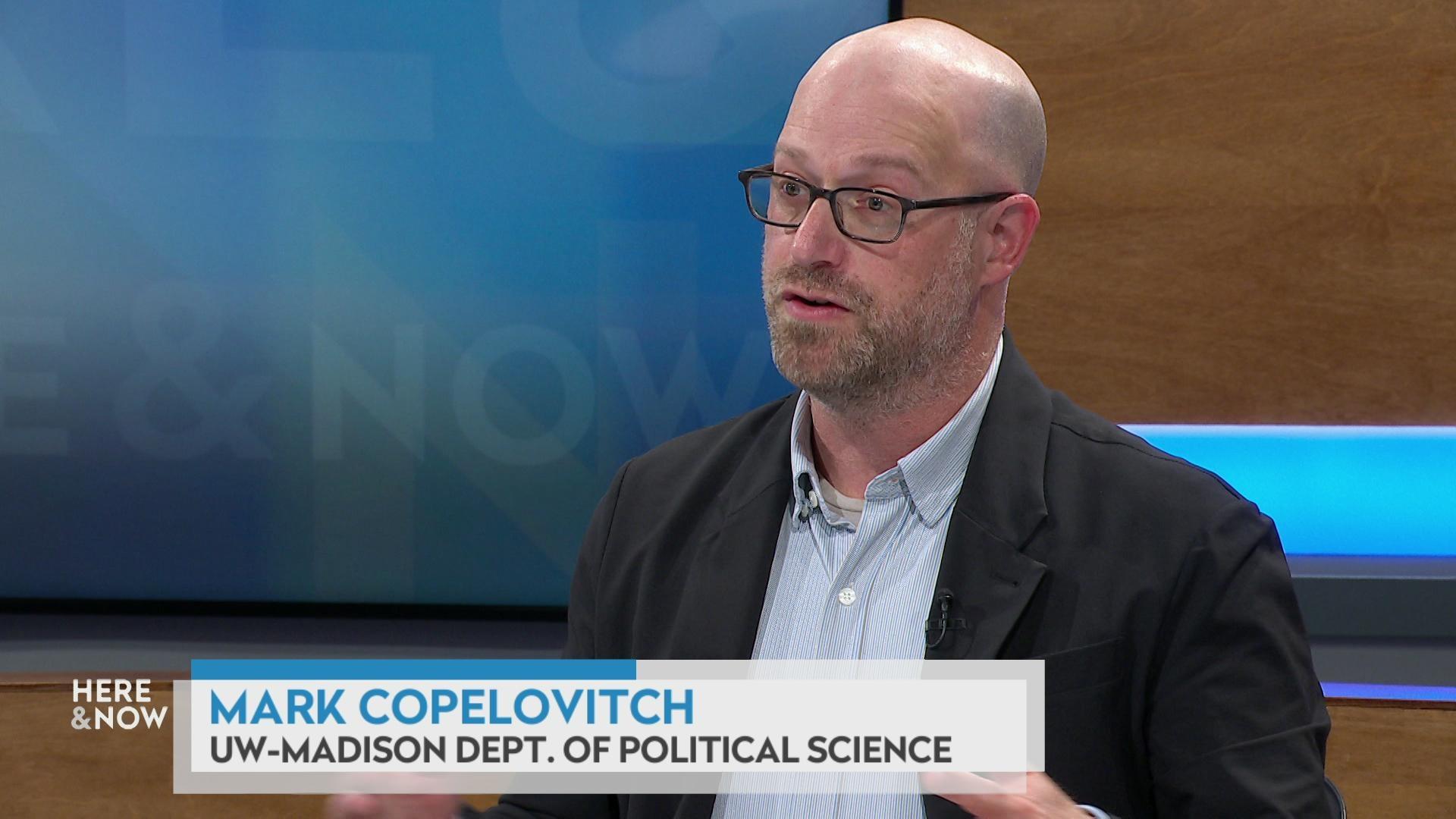
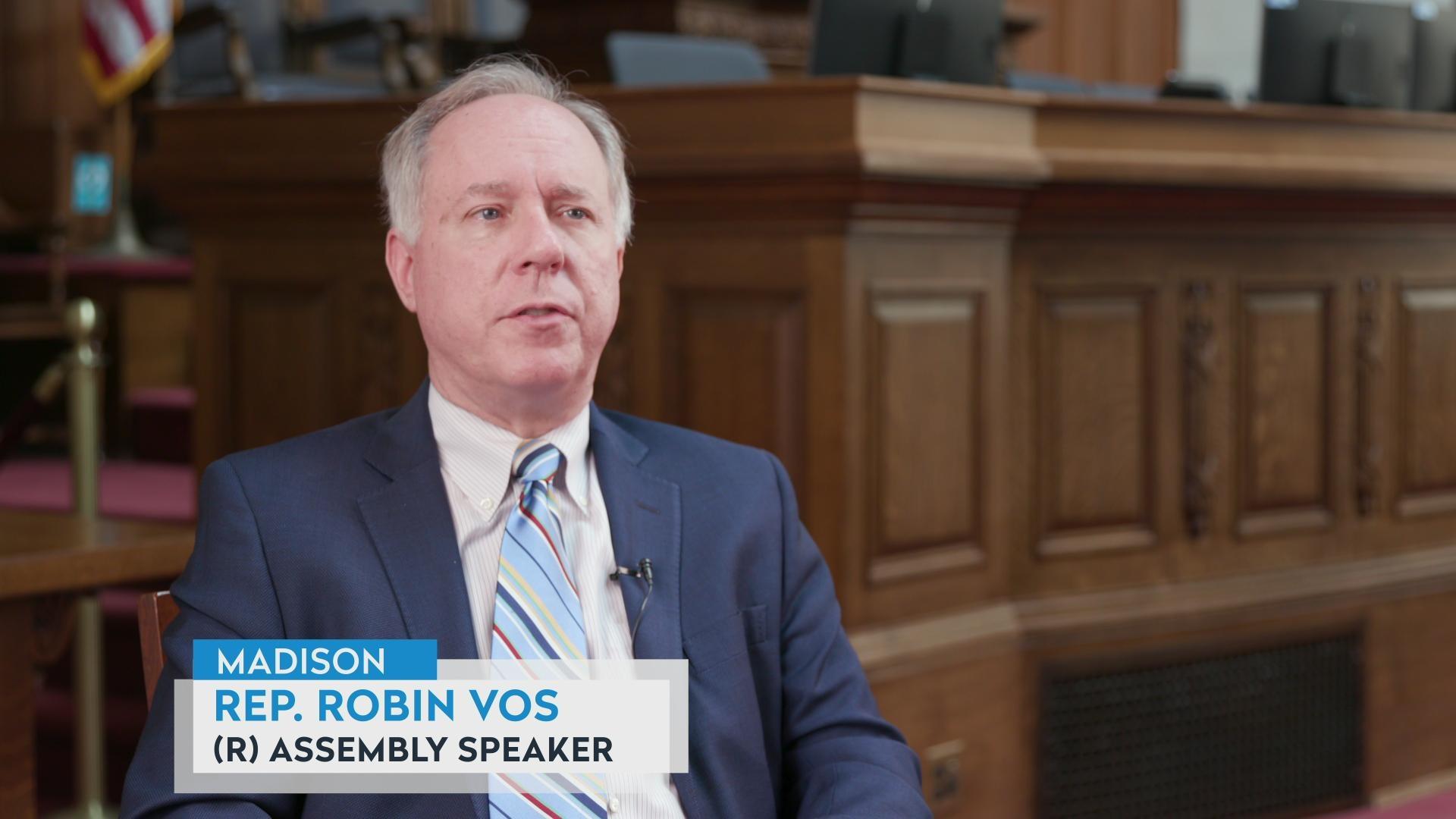


Follow Us